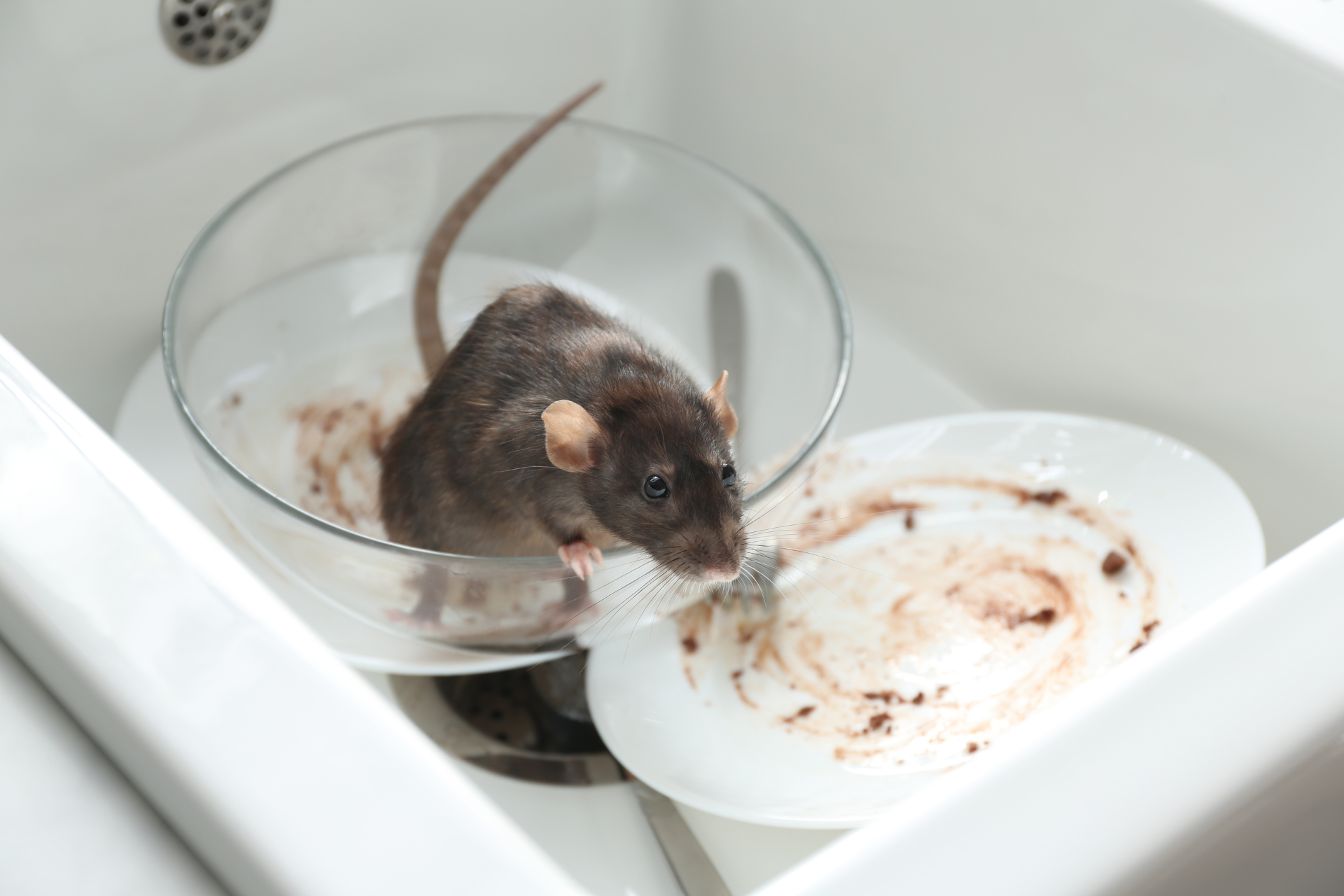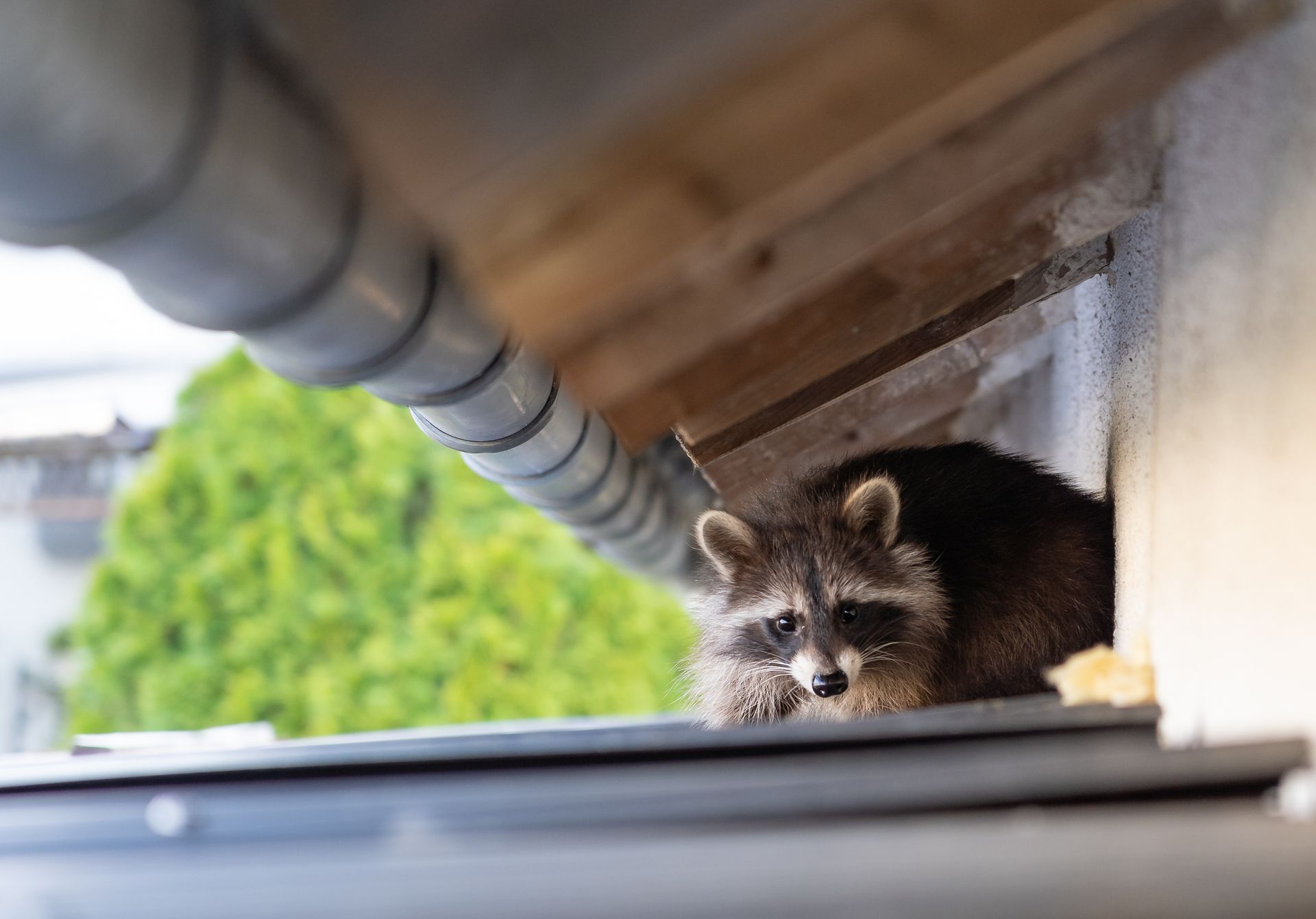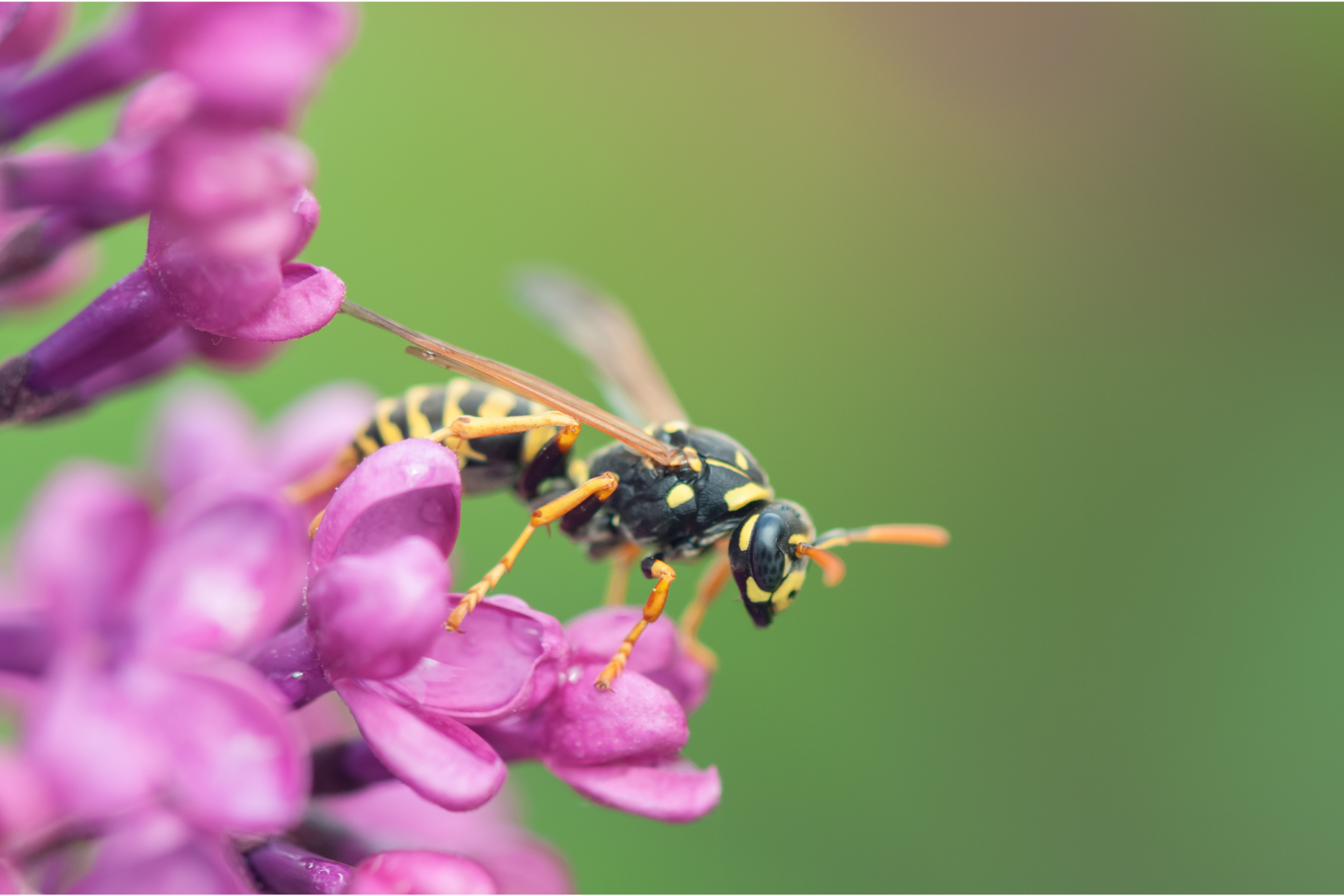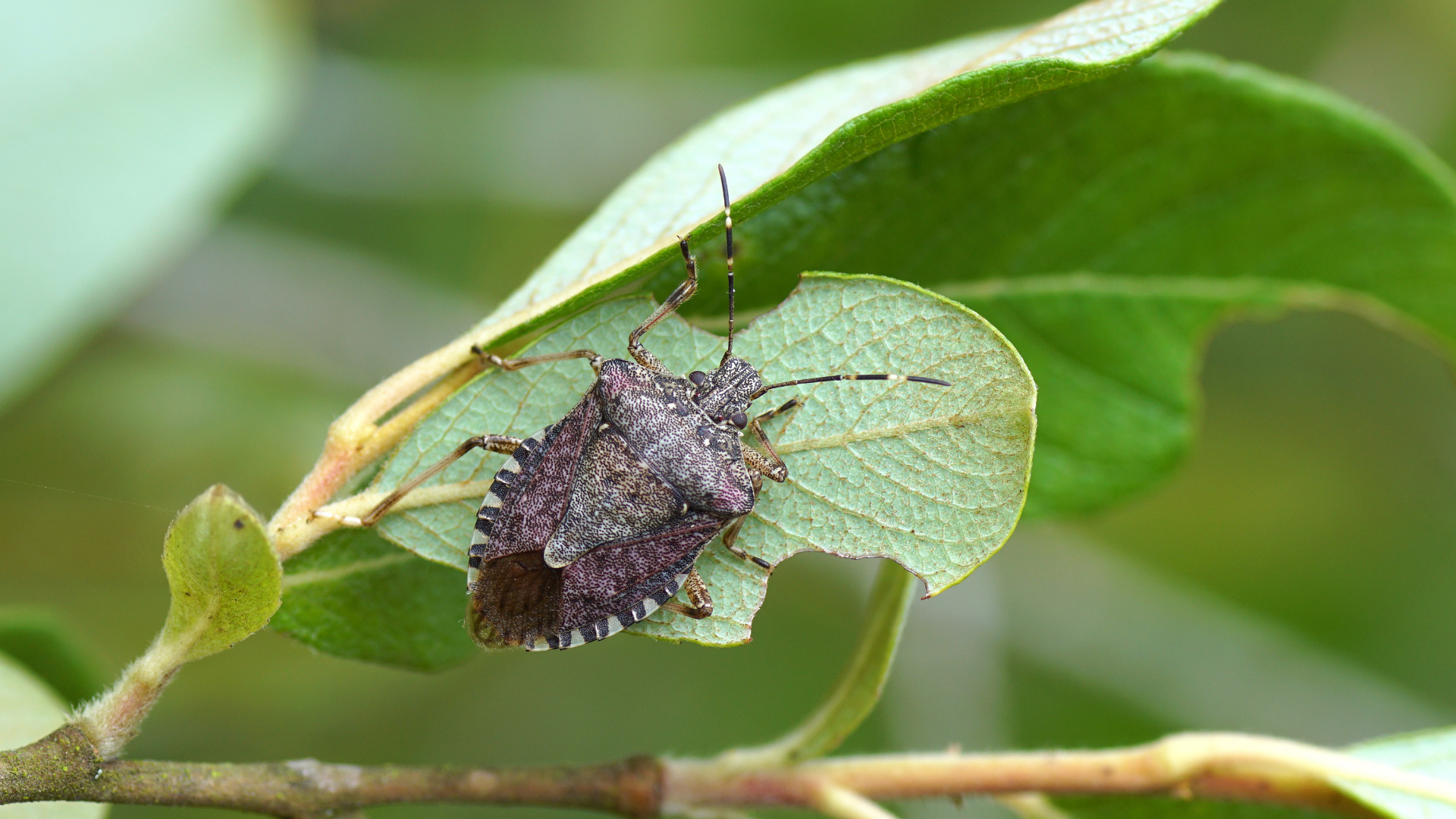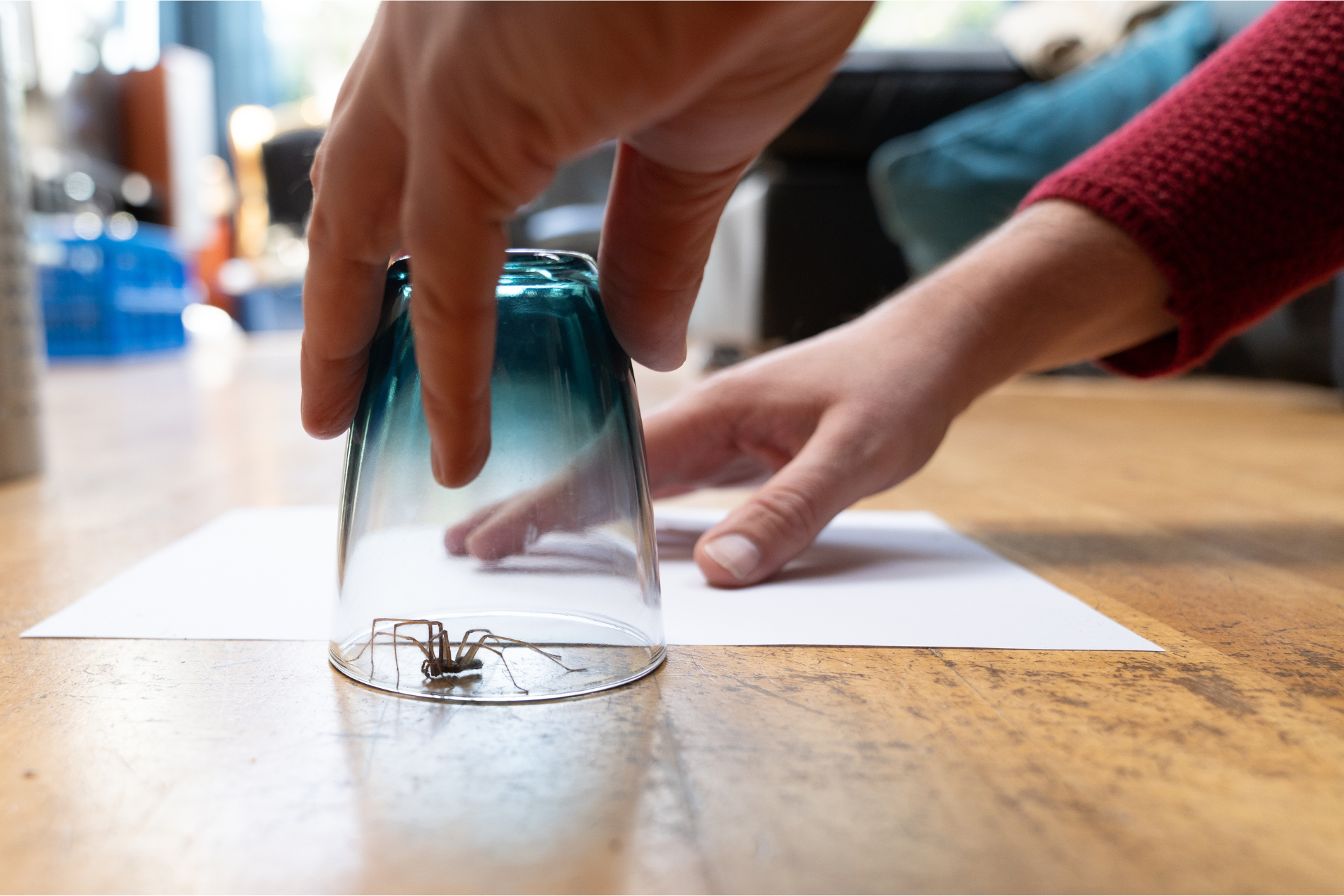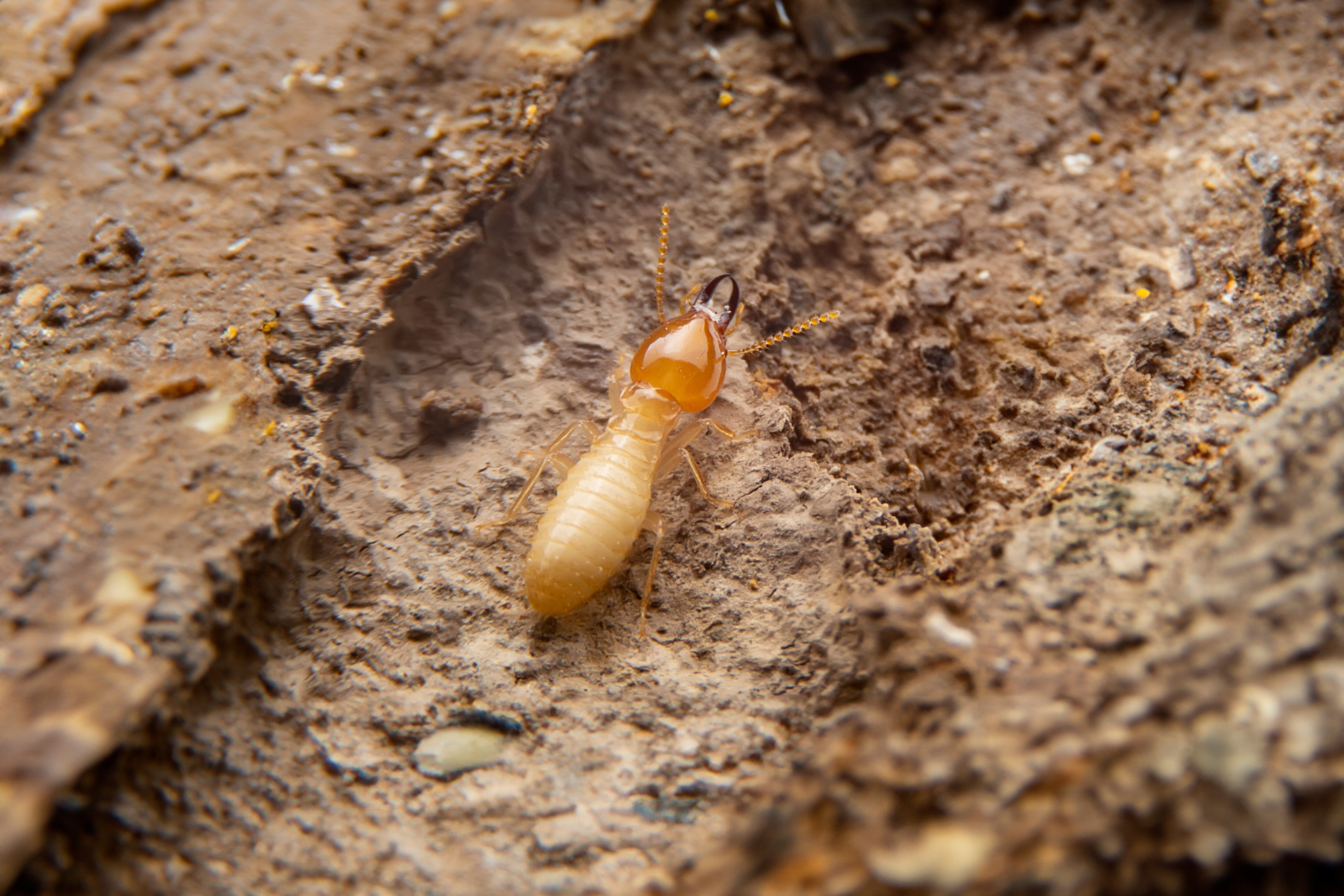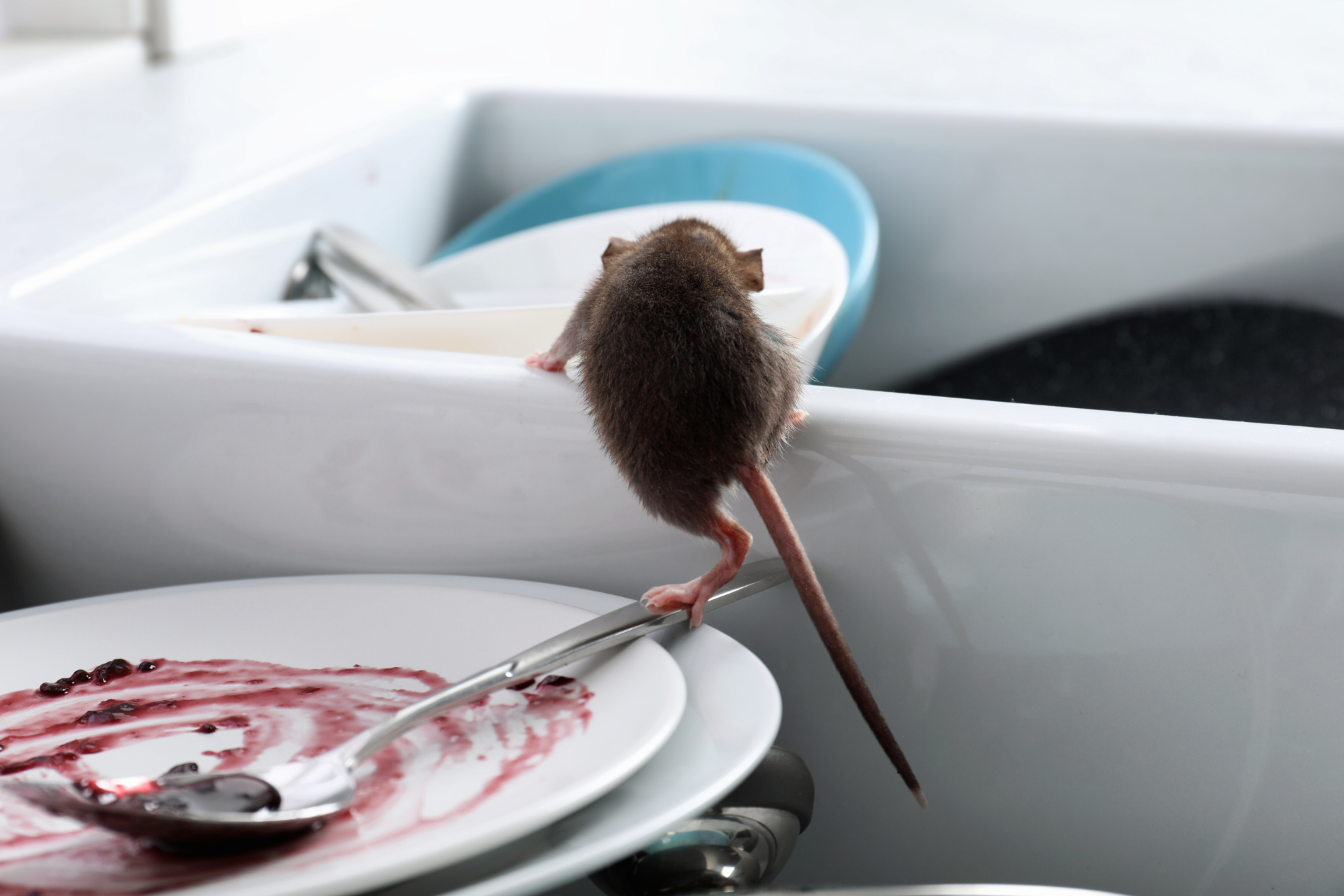Stop Ants Before They Move In
General Prevention Tips To Keep Ants Outside Where They Belong
Ants have a way of showing up when and where you least expect them. One minute your kitchen is spotless, and the next, there's a little marching parade along the baseboards. While they're tiny, their persistence is anything but, and once they’ve found a way in, they tend to invite the rest of the colony. Getting rid of them is frustrating enough—but keeping them from ever getting in? That’s the smarter goal. The good news is, it’s entirely doable with a few practical shifts in both outdoor and indoor habits. Let’s take a closer look at how to make your home a place ants would rather not bother with.
Start Outside: The Perimeter Is Your First Line Of Defense
The fight against ants starts well before they ever make it inside. Outdoors, their world is vast and filled with places to thrive, but it’s the narrow bridge between your yard and your walls that creates opportunity for them to enter. Keeping that boundary fortified is half the battle.
Trim any branches, bushes, or plants that come into direct contact with your home’s siding, windows, or roofline. These pests love a leafy highways, and vegetation touching your house gives them just that. Yard debris like firewood, piles of leaves, or old lumber also tend to attract ants, especially species like carpenter ants, who favor damp, decaying wood as both food and shelter. Keep those piles raised off the ground and stored well away from your exterior walls.
Pay close attention to areas where soil or mulch touches the foundation. That soft edge can become an easy entry point, especially when mulch holds moisture, which ants are drawn to. Consider a barrier of stone or gravel along the perimeter instead, which is less attractive and drier.
Outdoor trash bins should be tightly sealed and cleaned out regularly. Even a sticky drip of soda can turn into an invitation. If you’ve got outdoor pet food bowls, don’t leave them out longer than necessary. Once these insects identify a food source, it’s just a short journey inside to find more.
Seal The Cracks: Eliminate Easy Access Routes
Ants are explorers by nature, and they don’t need much to gain entry. The tiniest crack in the foundation or gap around a window frame is enough for them to squeeze through and start looking for something better than what they’ve got outside.
Caulking is your best friend here. Check around windows, door frames, utility pipes, and vents—anywhere there's a seam that might’ve loosened or worn over time. A little silicone sealant can go a long way in cutting off a major access point.
Weather stripping can help too, especially around doors that don’t quite meet the floor. If you can see daylight under a door or feel a draft, that’s enough space for them to come in. Plus, it helps with energy bills too, so there’s that bonus.
Vents should be covered with fine mesh screens, and any damaged window screens should be repaired. These may seem like minor tasks, but they add up to a big reduction in how accessible your home becomes. Ants don’t typically force their way in—they exploit what's already available.
Keep The Interior Unattractive To Scouts
Even the cleanest homes can attract ants if a few critical details are overlooked. Most species that invade homes are looking for food, water, or shelter—so denying them those resources is a big part of prevention.
In the kitchen, it’s less about deep cleaning and more about consistent upkeep. Crumbs under the toaster, a few granules of sugar on the counter, or a sticky lid on the honey jar can be all it takes to spark a scouting mission. Wipe down counters, keep dry goods in sealed containers, and rinse recyclables if they’ve held sweet drinks or food residue.
Sink drains and dishwashers can also be points of interest, especially when food particles get trapped inside. Running a little vinegar and hot water through the drains once in a while can help keep things less appealing.
Bathrooms are another place that often get overlooked. Standing water, leaky pipes, and humid corners make for a decent hideaway. Tighten faucets, check under the sink for moisture, and if your bathroom gets steamy, run the fan or crack the window to dry things out.
Pantries should be reviewed regularly for opened packaging and spills. And don't forget pet food—both in the bowl and in the storage container. If it's easily accessible to you, it's accessible to ants too.
Think Seasonally And Stay Consistent
Ant activity tends to spike with the seasons, especially during warmer months or just after heavy rains. That doesn’t mean the problem disappears in winter—it just becomes less obvious. Being proactive year-round keeps ants from settling in when conditions are ideal.
After a storm or once the snow melts, it’s worth walking your property and checking for signs of ant activity. Small mounds of displaced soil near the foundation or trails along the siding can be early indicators. Addressing them quickly keeps colonies from becoming entrenched.
Inside, even if things seem fine, it’s smart to stay on top of the small tasks. A weekly wipe-down of counters, a monthly inspection of screens and seals, and regular yard maintenance are all easier than dealing with a full-blown infestation.
Over time, these habits just become part of the routine. And while no home is entirely off-limits to pests, making yours less convenient makes a big difference. Ants don’t stick around where they aren’t getting what they came for. By consistently combining both interior and exterior efforts, you make it a lot less likely they’ll find a reason to stay.
The key to long-term ant prevention isn’t about one big fix—it’s about a steady combination of practical habits that keep them from seeing your home as an opportunity. Between your yard, your walls, and what’s inside, there are dozens of tiny factors that work together to either welcome ants in or keep them out.
At Star City Pest Control, we know how frustrating it is to deal with these persistent little invaders. If you've done what you can and still notice signs of activity, or just want help creating a prevention strategy that works for your home, we’re here to help. Our team can assess what’s going on, point out vulnerabilities you may not have noticed, and provide real solutions that don’t rely on short-term patches.
Contact us today—we’d be glad to help keep ants outside, where they belong.

